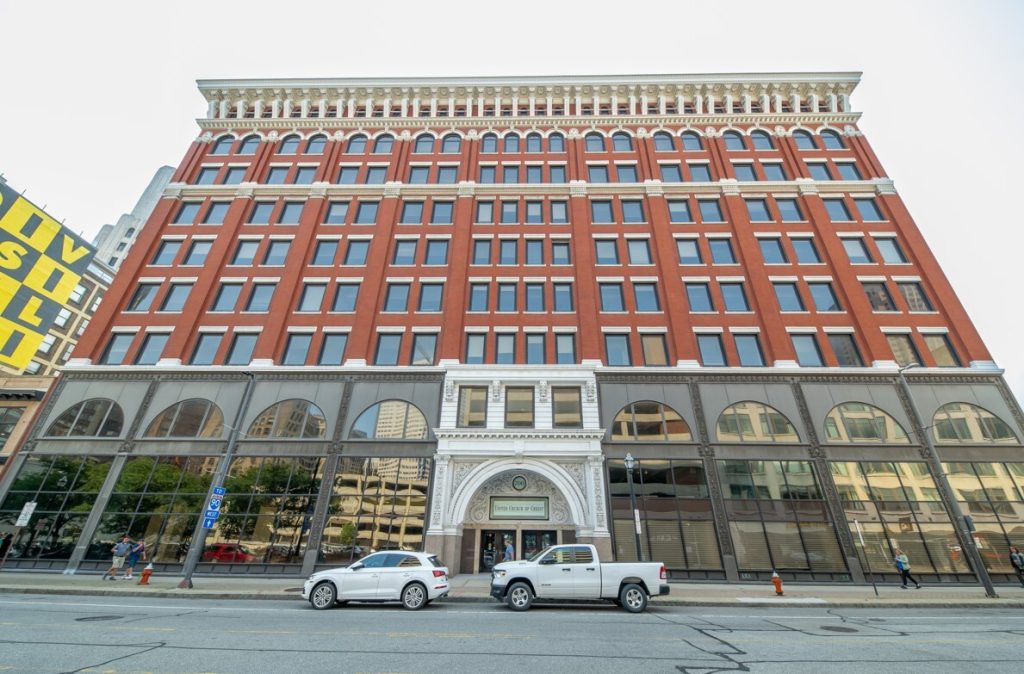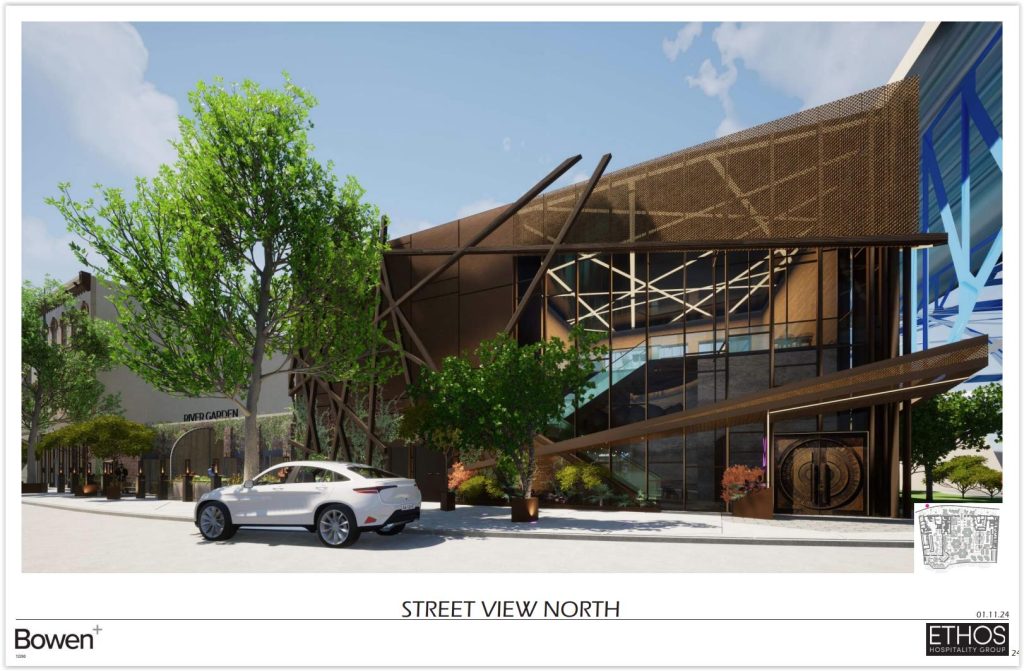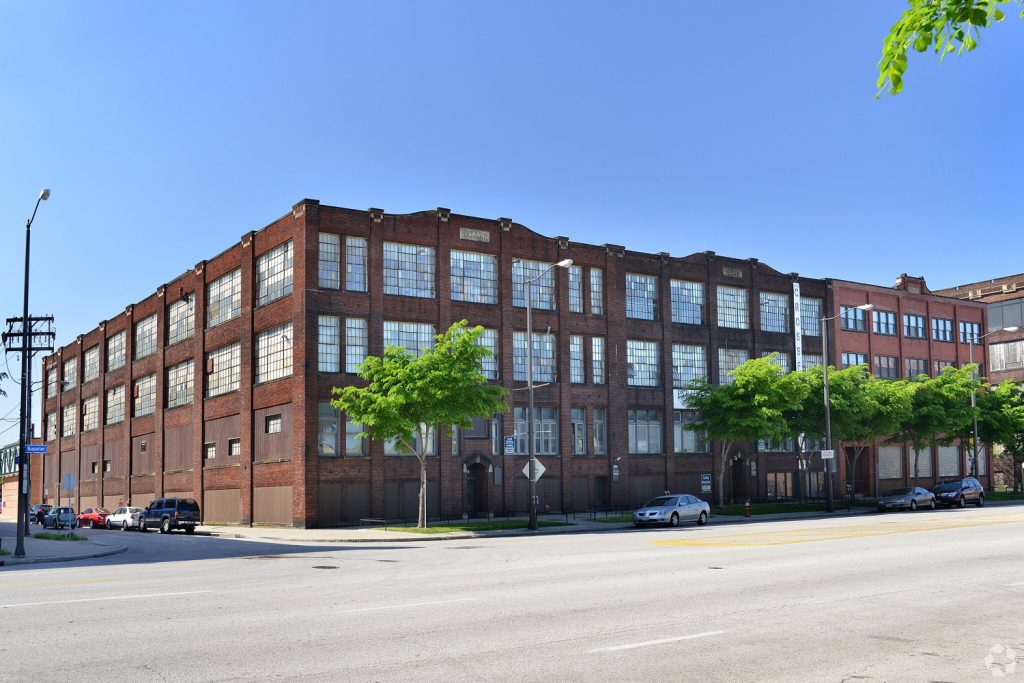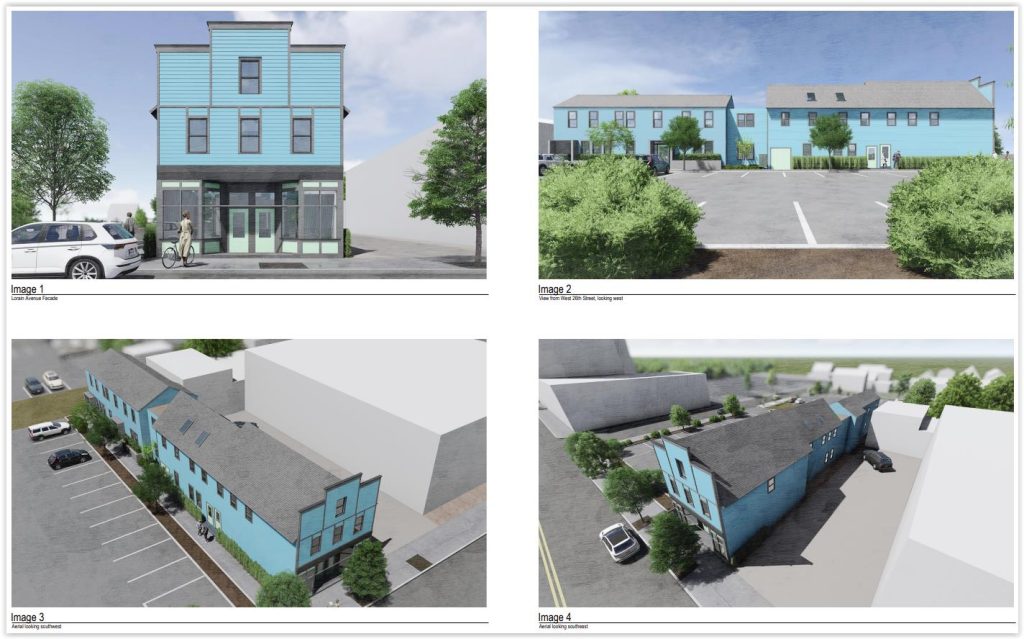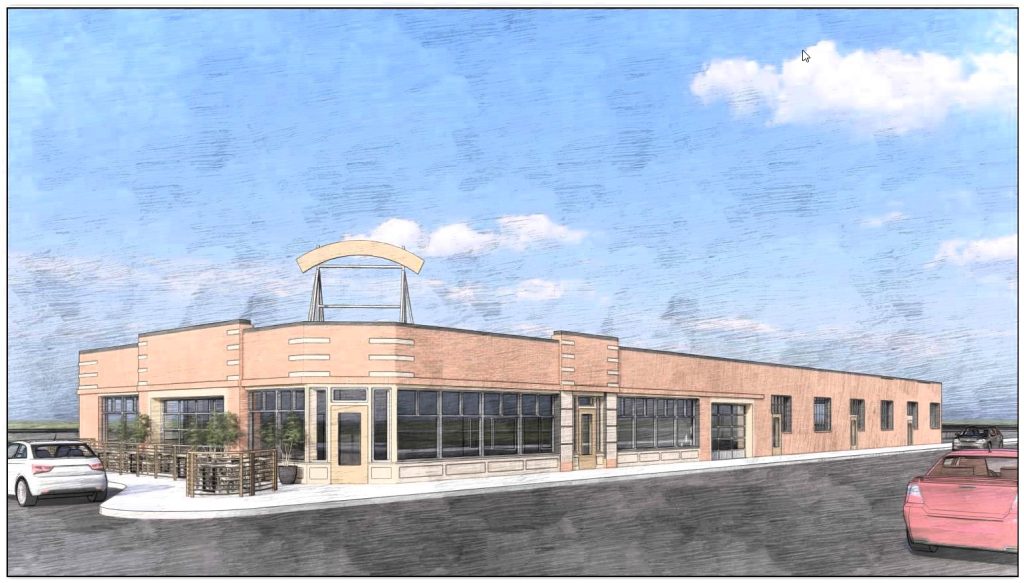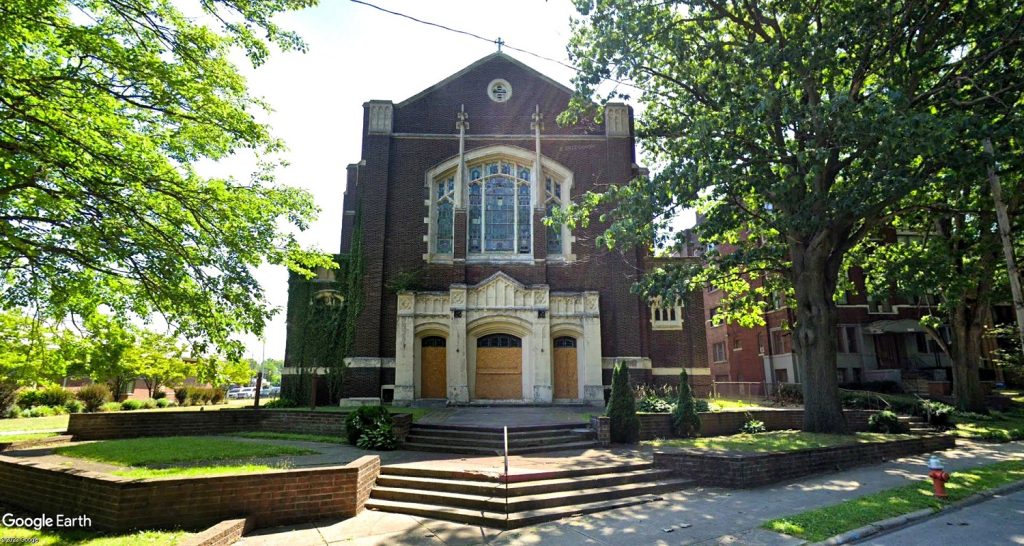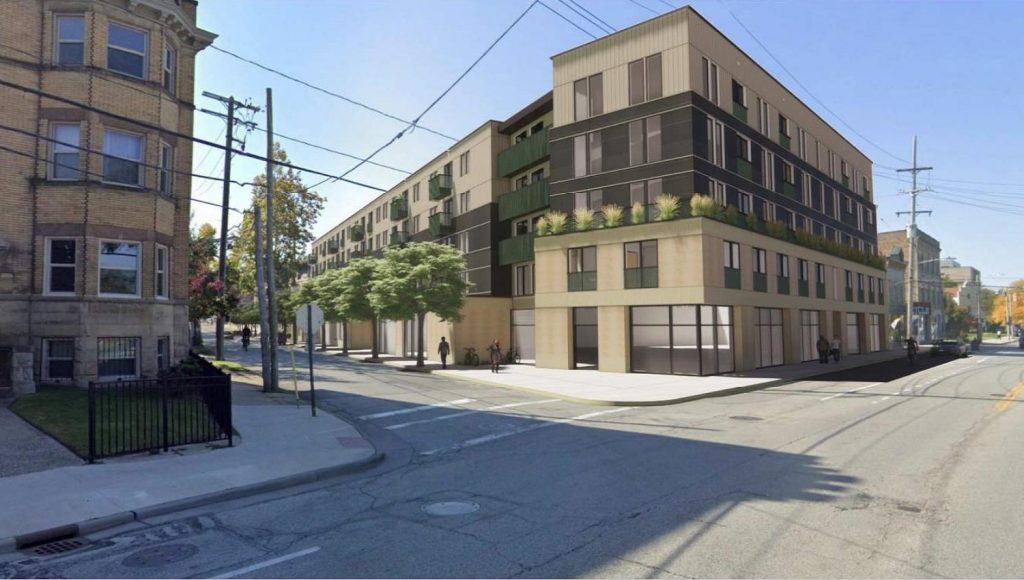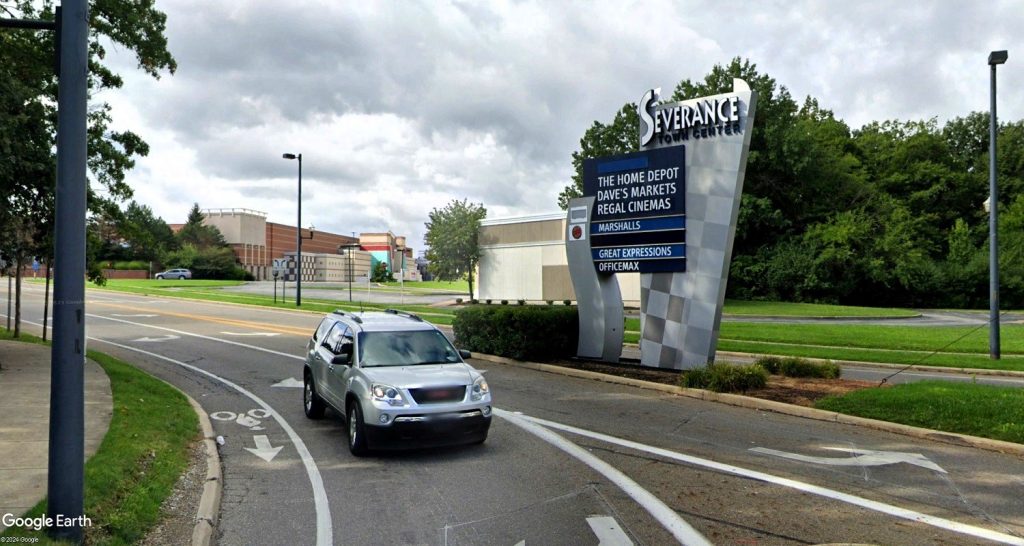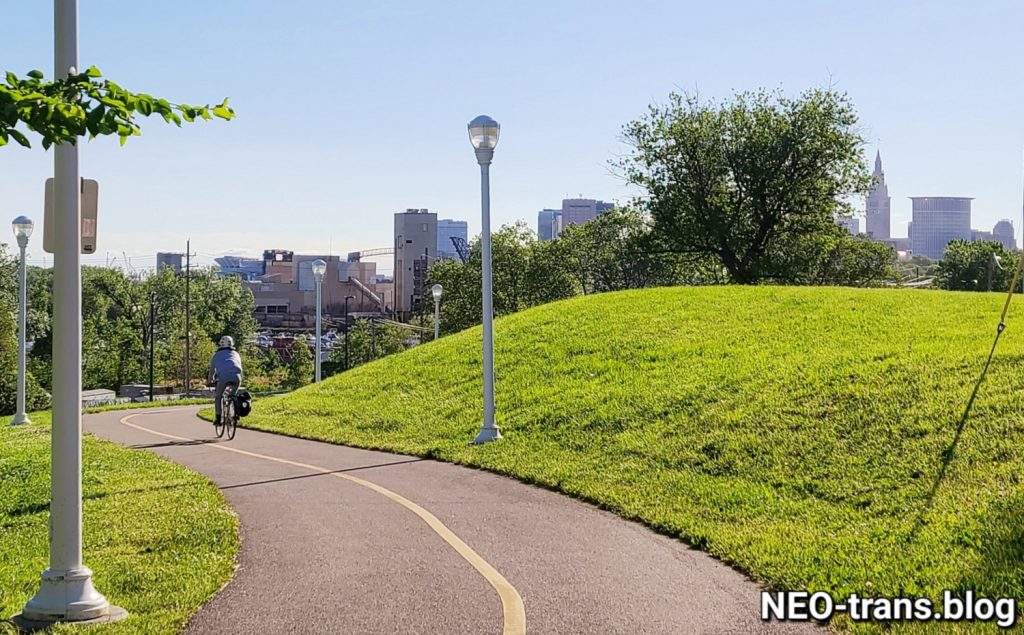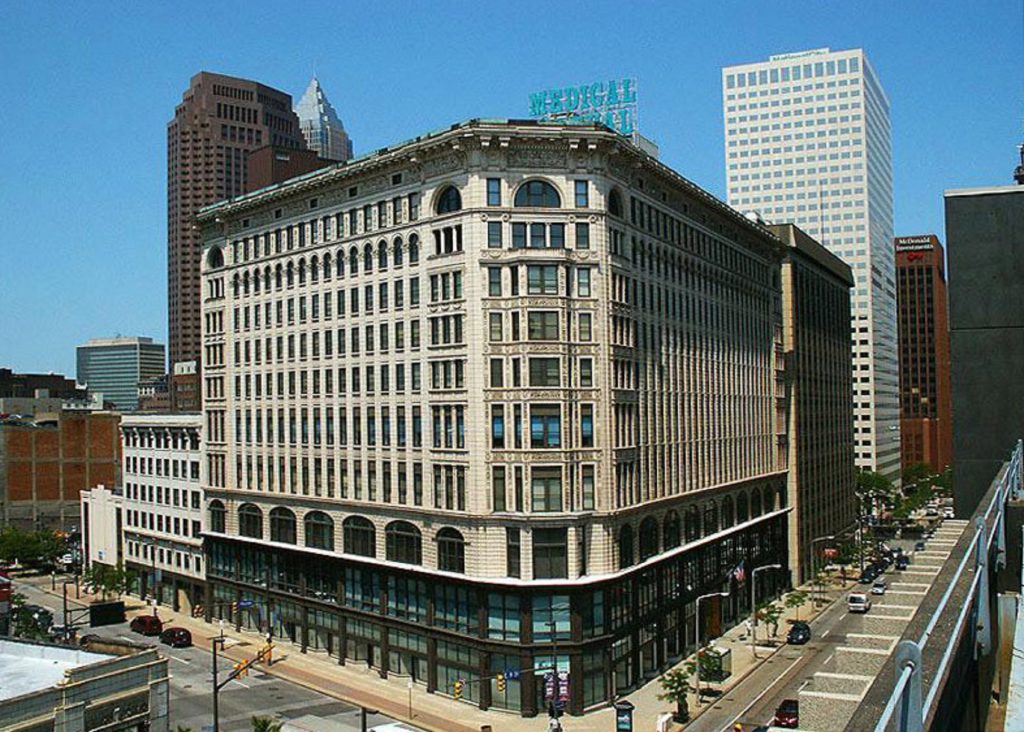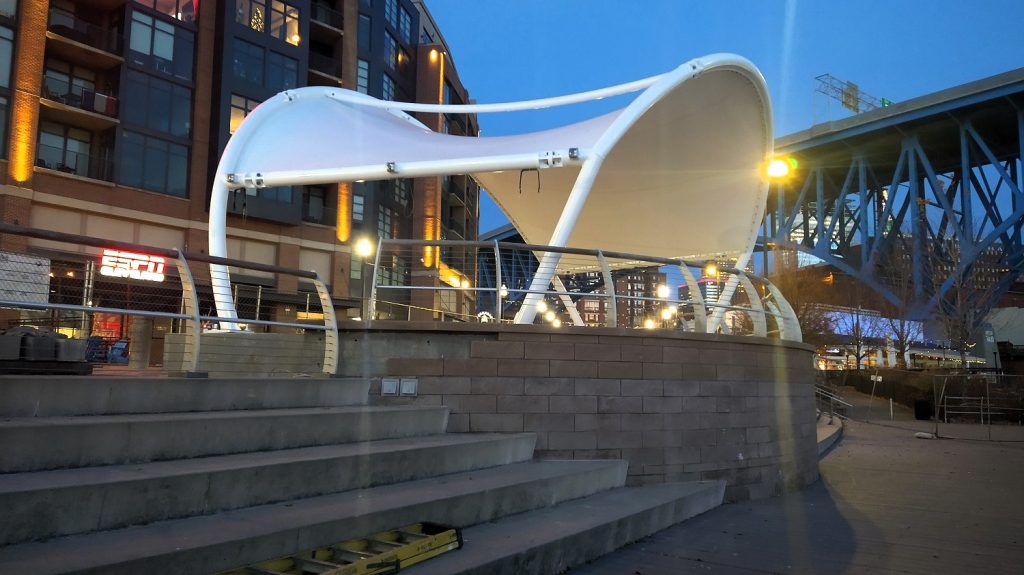11 projects in NE Ohio awarded credits today
From Downtown Cleveland to the suburbs to outlying cities in Northeast Ohio, nearly a dozen planned redevelopments of aging buildings were blessed with historic tax credits from the state. They were among 35 awards totaling more than $68 million to preserve dozens of historic buildings in 12 communities across Ohio.
In Cleveland, six redevelopment projects received tax credits today including the Electric Building, 700 Prospect Ave., downtown. The lone winner in Cleveland’s suburbs was the well-known Alcazar Hotel, 2450 Derbyshire Rd. in Cleveland Heights. Other Northeast Ohio projects in Akron, Warren and Youngstown also received credits.
In total, $68,546,752 in Ohio Historic Preservation Tax Credit Program will support the preservation of 43 buildings statewide. The projects are expected to leverage approximately $691 million in private investments.
“As our downtowns and neighborhoods grow and evolve, it’s important that we preserve Ohio’s historic spaces in a way that drives further investment into our communities,” said Gov. Mike DeWine in a written statement. “By supporting these renovations, we’re reviving historic buildings that stood prominently in the past so that they can contribute to Ohio’s strong economy and growth in the future.”
Projects selected as part of the 32nd round of the tax credit program will be renovated into residential housing, commercial and office space, and manufacturing facilities in Akron, Cincinnati, Cleveland, Cleveland Heights, Columbus, Dayton, Hamilton, Newark, Toledo, Warren, Youngstown and Zanesville.
“Historic buildings are authentic spaces that make our communities unique,” said Lydia Mihalik, director of the Department of Development. “Through the Ohio Historic Preservation Tax Credit Program, we provide the resources to preserve the character of our downtowns and neighborhoods and tell the story of Ohio.”
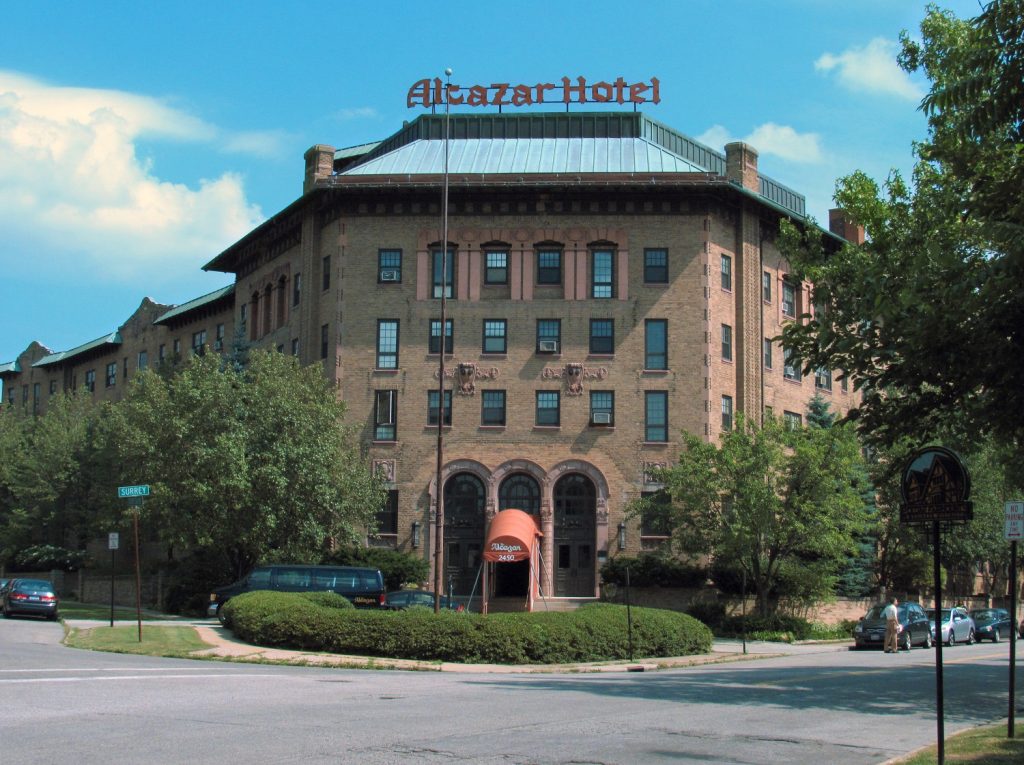
The 1923-built Alcazar Hotel was the first hotel in suburban Cleveland, according to the Cleveland Heights Historical Society. It was certainly one of the most glamorous early hotels outside of the city and was listed on the National Register of Historic Places in 1979. It will be renovated into 125 apartments (Wikicommons).
The Ohio Historic Preservation Tax Credit program is administered in partnership with the Ohio History Connection’s State Historic Preservation Office. Tax credits are issued once project construction is complete and all program requirements are verified.
“The rehabilitation of historic buildings through the program and federal historic tax-credit programs can revitalize main streets, help the environment – because nothing is greener than using what is already built — and create jobs, with the added bonus of preserving local history,” said Mariangela Pfister, Department Head and Deputy State Historic Preservation Officer for Technical Preservation Services in the Ohio History Connection’s State Historic Preservation Office.
Today’s announcement of tax credit awards was made at downtown’s Electric Building, built in 1900. This Neo-Classical, nine-story building in the Gateway District won $4.05 million in tax credits to support a $46.42 million renovation and conversion from offices, most recently as the headquarters of the United Church of Christ which moved to the AECOM Building, 1300 E. 9th St.
The building will be rehabilitated by K&D Group of Cleveland to a mixed-use commercial and residential space, with 120 studio, one- and two-bedroom market-rate apartments. While the building has undergone modifications over the years, it retains historic pink marble and stairwells with marble floor landings that will be preserved.
“We’re overjoyed that our project at 700 Prospect Ave. is one of the recipients of this round of the Ohio Historic Preservation Credit, which now allows us to move ahead with the historic conversion and add more than a hundred market-rate residential units to Downtown Cleveland!” said K&D Group in a written statement on social media.
The Electric Building’s historic barrel-vaulted ceiling, taken down by the previous owner, will be replicated in the main floor lobby. Restoration of the historic appearance of the main and second-level storefront system will also occur starting later this year. This project won $4.66 million from a Ohio Brownfield Remediation grant in 2022.
In Cleveland Heights, the Alcazar Hotel, 2450 Derbyshire Rd., was awarded $2 million in tax credits to support a $16.25 million transformation project. Loomis Companies of Euclid will convert the historic 1923 building into 125 stunning apartments.
The Alcazar was built as a residential apartment hotel, making it one of the earliest suburban hotels in the Cleveland area — if not the earliest. It certainly is one of the most glamorous. Designed to resemble hotels constructed in St. Augustine, FL, the hotel features a red-tile roof with Spanish baroque details and Moorish tiles.
Although faded from its former beauty, the first-floor lobby and historic public spaces will be preserved, and the majority of the renovation work will focus on repairing the exterior masonry and ensuring that the interior meets current building safety codes.
“A huge thank you to the Ohio Department of Development and city of Cleveland Heights Mayor Kahlil Seren for their support,” said a spokesperson for real estate brokerage Cresco on LinkedIn. “Looking forward to a total transformation and preservation of Alcazar.”
The Hausheer & Son Building, 1220 Old River Rd. on Cleveland’s Flats East Bank, received just over $1.9 million in historic tax credits to assist a $19.22 million renovation of this 1870-built, Italianate-style building. Used as the offices for a Great Lakes shipping chandler and marine supply store, the building has been vacant for a decade but is well-preserved.
This is the only one of three buildings — 1198, 1204 and 1220 Old River — that restaurateur Bobby George will not demolish for a new waterfront restaurant and bar. It is part of a larger project that includes the development of adjacent greenspace and new construction. This project was approved by the city last winter.
Heller and Keller-Kohn Buildings, 2202-10, 2212-30 Superior Ave. in the Superior Arts District, won $5 million in historic tax credits to help TurnCap of Beachwood and GBX Group of Cleveland finance a $50 million renovation of these two buildings into 134 residential units, parking and some commercial spaces on the first floor.
This project is comprised of two former industrial buildings east of Downtown Cleveland. Both structures were once associated with the area’s garment industry, which was the largest in the country outside of New York City, and housed manufacturing operations until the latter part of the 20th century. This project previously won $4 million in historic tax credits.
Turn Cap and its development arm TurnDev are busily redeveloping the massive ArtCraft Building, overlooking Interstate 90, into the new Cleveland Police Division headquarters. That $90 million project will add several hundred employees to the neighborhood, ’round the clock.
The 2621 Lorain Avenue Building in Cleveland’s Ohio City neighborhood won $250,000 for a $1.5 million renovation of this 1866-built structure by AHA Development of Cleveland. The building operated as a residence and shoe retail space until 1887. It was later occupied by a bank, realty office, restaurant, art gallery and boutique.
Located in the Lorain Avenue Historic District, the building will remain a mixed-used commercial space with eight market-rate residential units. The renovation project involves the construction of five new residential units, as well as the repair and replacement of clapboard siding and windows at the front of the building.
The Brennan-Hogan Co. Building, 2061 Gehring Ave. in Ohio City, received $410,000 for a $4.3 million redevelopment of a former De Soto-Plymouth car dealership. Developer Tom Gillespie plans to redevelop the 1946-built building into a mixed-use development, across Abbey Road from the Ohio City rapid transit station.
Vacant for over a decade, the interior structure is in a state of disrepair, state officials said. The historic preservation of the building will restore the historic storefront and masonry. After renovation, the site will be turned into a mixed-use building with restaurants, commercial space, and four residential units.
In Cleveland’s Glenville neighborhood, Famicos Foundation was awarded $2 million for a $9 million renovation of St. Mark’s Presbyterian Church, 1319 East Blvd. Famicos plans to use the rehabilitated building for their offices, community-focused events and meeting spaces. This project also won $700,000 in historic tax credits in December 2023.
The St. Mark’s Presbyterian Church, built in the late Gothic Revival style in 1912, was home to three different church communities before it was vacated in 2014. The rehabilitation will include extensive repairs to the unique historic features of the stone building, stained glass windows, and a staircase.
In Downtown Akron, the 10-story Young Women’s Christian Association (YWCA), 146 S. High St., got $3.1 million in credits for a $31.75 million conversion into 114 apartments utilizing old amenity space from the YWCA. The rehabilitation plans to repair all masonry work-ins, tall new historically compatible windows, and retain all historic decorative plaster ceilings where they remain.
The building was built in 1931 to provide assembly and athletic facilities for young women. Owned by the YWCA until 1982, the building contained a large auditorium, chapel, gym, swimming pool, locker area, and lounge and club spaces. The building was later sold and converted into office space and eventually vacated.
Also in Downtown Akron, the Peoples-Evans Savings Bank, 333-335 S. Main St., got a $1.5 million credit to help fund a $6.16 million redevelopment of the nearly vacant building. It will be transformed into a mixed-use space, complete with a restaurant, conference space, and 35 residential apartments on the upper floors.
The classical revival style structure was built in 1916 in Akron’s Main-Exchange Historic District. It was the first high-rise building in the area. Much of the historic material will remain, such as the terrazzo and marble floors, wood trims, and doors, as well as the historic plaster ceilings, which will return to their original height.
Over in Warren, the Young Men’s Christian Association (YMCA) Building, 210 High St. NW, was awarded $2 million in credits toward an $18.8 million renovation. It will be rehabilitated into 42 residential units. The project will restore some historic athletic facilities and reuse them for resident amenities, like the gym and basketball court. Other work includes masonry repair and weatherization
The YMCA Building, located in Warren’s Commercial Historic District, was constructed in 1928 and designed by local Warren architects in the Second Renaissance revival style. What once boasted numerous amenities, such as lounges, a swimming pool, multiple locker rooms, club rooms, educational classrooms, a kitchen and grill, a gymnasium, multiple handball courts and 68 dormitory rooms.
Finally, at 26 Market St. in Downtown Youngstown, the Mahoning National Bank earned a $2 million historic tax credit for a nearly $13 million re-do of this 13-story building into 71 residential units while maintaining commercial spaces on the first four floors.
The Mahoning National Bank building was built in 1910. Historic wood paneling, decorative brass doors, and Grecian-style marble will be preserved. This project will help provide a needed boost to the downtown district following the tragic natural gas-fueled explosion May 28 at the Realty Tower Building that left one person dead, nine injured and the fate of the building undecided.
END

